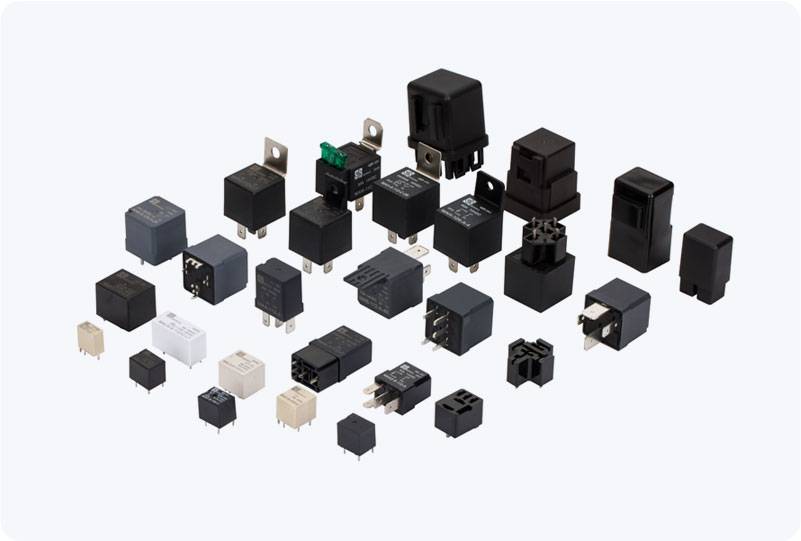A Time Delay Relay (TDR) is an essential component in many electrical systems, providing a controlled delay between the activation and deactivation of a circuit. This relay is designed to delay the switching of a circuit, either by a preset time or in response to an event, making it an invaluable tool in various industries such as automation, telecommunications, and industrial control systems. In this article, we will explore the working principle of a Time Delay Relay, its different types, and the key applications that highlight its importance in modern systems.

What is a Time Delay Relay? A Time Delay Relay is an electromechanical device that delays the opening or closing of an electrical circuit after being energized. Typically, this relay is used to ensure that certain actions within a system happen in a specific sequence or after a fixed duration. The delay period can range from milliseconds to several hours, depending on the specific requirements of the application. In its most basic form, a time delay relay includes a coil, a set of contacts, and a delay mechanism. When the relay is energized, the delay mechanism holds the contacts open or closed for a predetermined period before allowing the circuit to complete its operation. The relay can either provide a delay before turning on (on-delay relay) or before turning off (off-delay relay), each serving different purposes in a system.